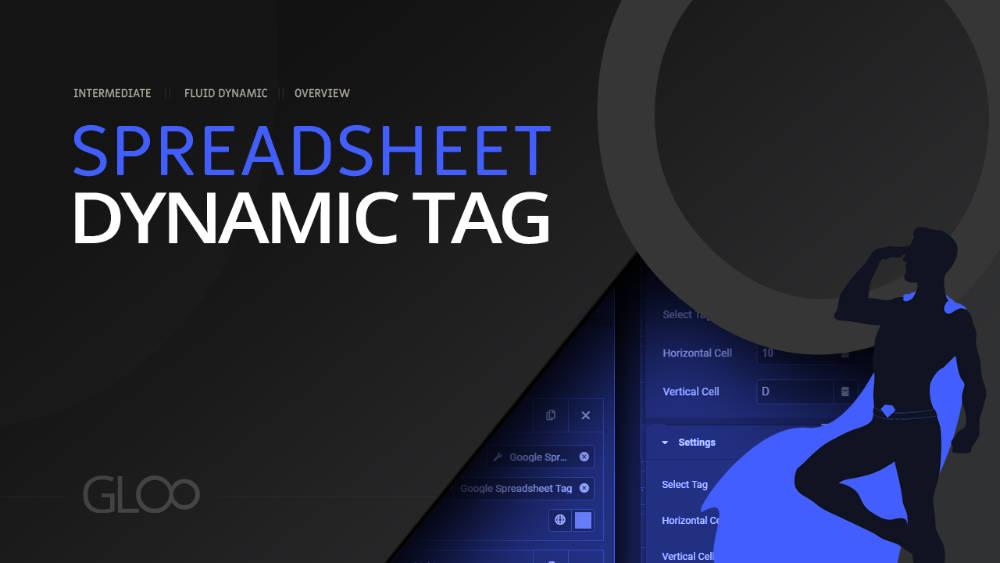
Ever wanted to get the data inside your widget directly from your Google Sheet? Well, with Gloo it’s a possibility.
Connect your spreadsheets in the Gloo Dashboard and start pulling data directly from them into any widget that has dynamic data options. You can also decide the synching frequency with the data or trigger the data synchronization manually for each spreadsheet you have mapped to your WordPress site.
The Google Spreadsheet Dynamic Tag, moreover, lets you use a relationship field (JetEngine or ACF) to connect the sheet source to either users or posts, and then refer to that relationship within the Elementor Editor.
You can also map field data to a metafield using a simple toggle, so that your clients will be able to modify the data required from outside the Elementor Editor.
Using a Dynamic Visibility addon like Gloo’s own Fluid Logic will allow you to show or hide sections according to data within your spreadsheet. For example, you can hide all marketing banners for a specific Campaign by adjusting a single cell in your spreadsheet.
Check out the example at the bottom of the page, which has been entirely built by fetching the data from a Google Sheet alone.
For Digital Agencies, this means you can give your End Client granular control over what is visible on the website without ever having them access the WP admin panel.


Looking for a lifetime deal?